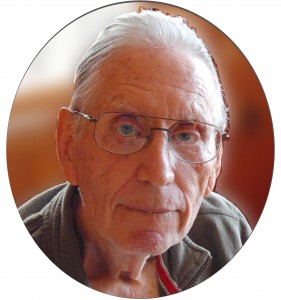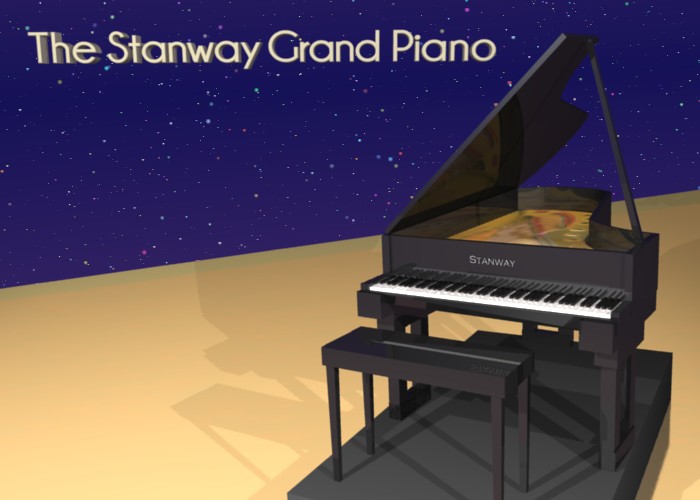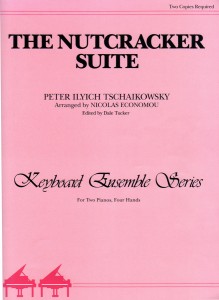|
|
( Apr. 26, 1928 – Dec. 16, 2014 )
My Father’s obituary can be found, here.

Stanley M. Owen was my “Mighty Man.” There are few persons who are able to do so many things and to also do them well. He rarely stopped working and was the most self-reliant person I have known. During his last years, he suffered intensely from peripheral-neuoropathy, but would not allow himself to take enough medication to relieve his pain so that he might remain lucid. While watching his own body being eroded and wracked by the diabolical forces of Parkinson’s disease, he continued to fight for his life and hold on to the little joy in his life – over and over. What resolve! Daddy, you will always be my “Mighty Man.”
I have publicly performed Kurt Kaiser’s solo-piano arrangement of “Father, I Adore You” (words and music by Terrye Coehlo) three times. For Father’s Day 2014, I decided to record this. I am sharing my recording as a tribute to both my Heavenly and Earthly Fathers.
In most every way, my earthly father was a masterful reflection of our Heavenly One. None of us are perfect; however, I am certain that my earthly father came closer than most of us – and, I will always adore him for it. I believe that if you look closely-enough at his picture from February 2014, you may be able to see our Heavenly Father, also.
I hope you enjoy my performance of Kurt Kaiser’s arrangement of Father, I Adore You.
Updated Marketing Hype
The Stanway faux-grand piano designer realized that many people would love to have a grand piano in their home. Most players prefer to look and sound like they’re playing a fine, grand piano rather than playing a toy-piano or steel-guitar-looking contraption. However, many of these potential piano-owners are deterred by the cost of a fine instrument and by the size of a grand piano that can be a problem in most urban living-spaces.
We believe that the Stanway would be a great-looking and great-sounding solution for you. The Stanway is available in an amazing range of sizes, materials, and colors. We provide configurable internal sound systems to present a beautiful-looking and beautiful-sounding partner for 63, 76, and 88-note professional keyboards. The Stanway provides notebook and tablet computer accessibility, providing Ethernet, WiFi, Firewire, USB, and MIDI conduits.
Create your own solution, one that demonstrates your personalized blend of form and function. The Stanway represents an evolution from “faux-piano” cases that were used as “props” for stage use. In its smaller version, the “Baby Stanway” requires a much smaller operating space than larger models, and can be ideal for today’s lifestyles and spaces.
Reality Sinks In…
 I have de-prioritized my plan to manufacture and market the Stanway faux-grand piano. Now, my work related to this is to continue refining my 3D piano model (pictured, right). Surely, I will be able to eventually print it with a 3D printer. I have de-prioritized my plan to manufacture and market the Stanway faux-grand piano. Now, my work related to this is to continue refining my 3D piano model (pictured, right). Surely, I will be able to eventually print it with a 3D printer.
Over a period of years I have observed a number of similar “faux-piano” projects that have come and gone… The first such piano of which I became aware, was one constructed for a rock-band that I cannot remember by a person whom I also can’t remember. Touring with real grand piano is a burden and this model used a MIDI keyboard that allowed the case to be an empty shell without the weight normally associated with the piano’s harp-assembly. Such “faux-pianos” allow the performer to insert a portable keyboard, connect to internal or external sound sources, and thereby produce piano sounds while sitting at an instrument that “looks” like a grand-piano. The hollow piano cases helps to avoid the burden of moving a real piano for stage use. As such, most faux-piano models are primarily designed to be lightweight and easy-to-transport.
This seemed like a great idea to me for a long time. Now, the opinion polls are in, and, I see no significant interest in such… Maybe, in another lifetime.
 Nicholas Economou Piano Arrangements
Click on the mp3 player to play
| Title |
mp3 Audio |
| Overture |
|
| March |
|
| Dance Of The Sugar Plum Fairy |
|
| Russian Dance |
|
| Arabian Dance |
|
| Chinese Dance |
|
| Dance Of The Reed Flutes |
|
| Waltz Of The Flowers |
|
I have studied Nicolas Economou’s 2-Pianos, 4-hands arrangement of the Nutcracker Suite since I began my long-term association with the Suite, sometime before 2003. While putting away one of my copies of his arrangement today, I was reviewing information about him in Wikipedia and was shocked to find that the same day I wrote this post (December 29, 2013) was the 20th anniversary of Nicolas Economou’s untimely and accidental death on December 29, 1993.
The Economou arrangement of the Nutcracker Suite is notable because of its coverage of all important orchestral parts, while maintaining a reasonable degree of pianistic playability. Although these arrangements are moderately difficult, the reward for studying and learning them has definitely been worth the effort to me.
I recorded the (this) piano version of the Overture in 2013, ten years after the other piano recordings. Currently, the Overture is played using different instruments (Ivory “German” Grand(s)) than the rest of these recordings (Kurzweil 2500). Eventually, I will re-record all of these pieces using the same instruments and acoustic space. However, because of my auspicious discovery that today was the anniversary of the arranger’s death, I rushed my presentation and re-publication of these versions of the Nutcracker Suite. I hope that you enjoy my performances of Nicolas Economou’s 2-pianos, 4-hands arrangement.
|
|


 I have de-prioritized my plan to manufacture and market the Stanway faux-grand piano. Now, my work related to this is to continue refining my 3D piano model (pictured, right). Surely, I will be able to eventually print it with a 3D printer.
I have de-prioritized my plan to manufacture and market the Stanway faux-grand piano. Now, my work related to this is to continue refining my 3D piano model (pictured, right). Surely, I will be able to eventually print it with a 3D printer.
Recent Comments